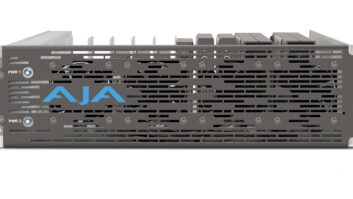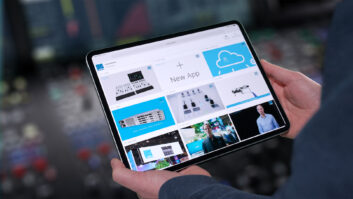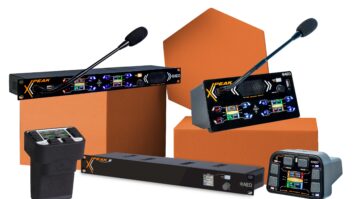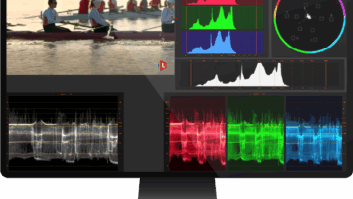What impact have the current global uncertainties had on the company’s R&D and product development in recent months?
Like every manufacturer, we’ve been closely following global trends. The outlook for electronics manufacturing is complex, with a very global supply chain and high levels of complexity, meaning that changing course is a slow exercise. Ultimately, global challenges haven’t changed our roadmap, but we have made extra efforts to ensure we are not locked into specific supply chains so we can be confident in our ability to provide for our customers.
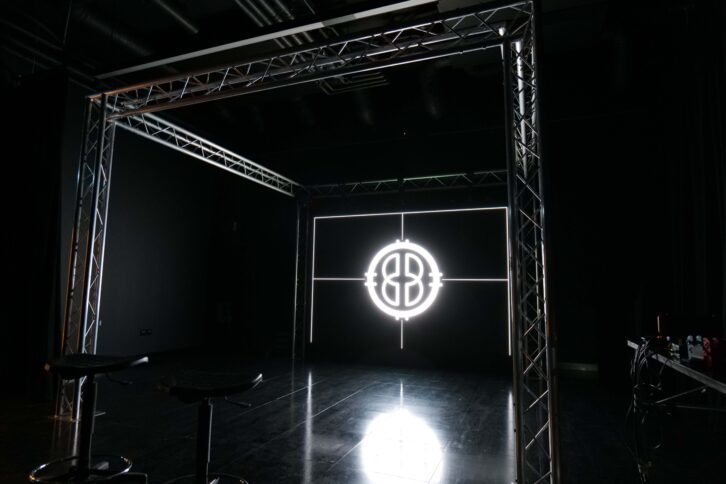
What do you foresee as the biggest challenges in R&D and product development/deployment in the coming years?
The wide industry interest in AVoIP presents lots of challenges to product developers. Moving media transports into networks requires many new skills from technicians, and these protocols are challenging to deploy and debug. Traditional video systems had very defined source and sink points, and configuration and debugging could proceed link by link. When using networks, we need to configure and debug switching and routing layers just to look at a single ‘link’, and getting visibility into these layers can be difficult and doesn’t fit into traditional video debug workflows.
For product developers, recognising this challenge for users and trying to build workflows and user interfaces to ease the process as much as possible is crucial to making this a success.
Where do you see the most opportune areas for innovation in your area of the market, and what tech/solutions will drive that development?
Addressing the challenge of AVoIP usability is a key area of interest for us, and we’ve been doing lots of work to make sure our offering sets a new standard for usability and ease of debugging.
Multi-primary RGBW LED screens are seeing steady adoption, with their greatly improved colour rendering offering significant benefits in terms of lighting quality, making LED environments both easier and more pleasant to work in. But there is still a lot of work to do in this area, particularly in developing cost-effective LED packages that are small enough to use on the walls of LED volumes, not just the ceilings.
Virtual production has shown the amazing potential for LED screens to produce photoreal images, and this has so many applications. Brompton’s established ability to recreate reality in this way opens up lots of new possibilities in fields that have not traditionally used LED video, as well as in entirely new media environments where this realism allows for a far greater level of immersion than was possible before.
What are you working on currently that excites you as a product team, and what can we expect to see at IBC2025?
We’re deep in the development of the full range of Brompton Gen 3 LED video processors. At Brompton, we develop new hardware very much as platform, with the full expectation that we’ll build lots of features on top of it as we get feedback from the market. It’s a very exciting time as we start rolling out the platform and begin getting feedback on where to take it next.

